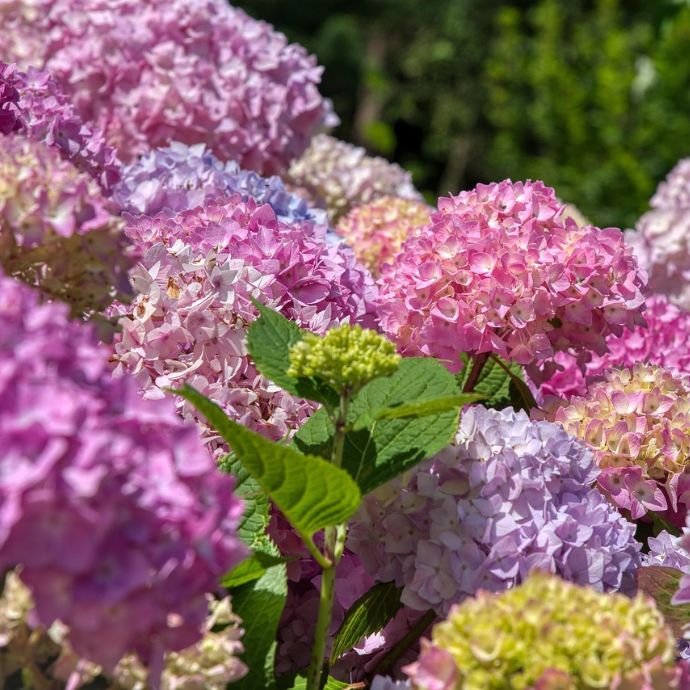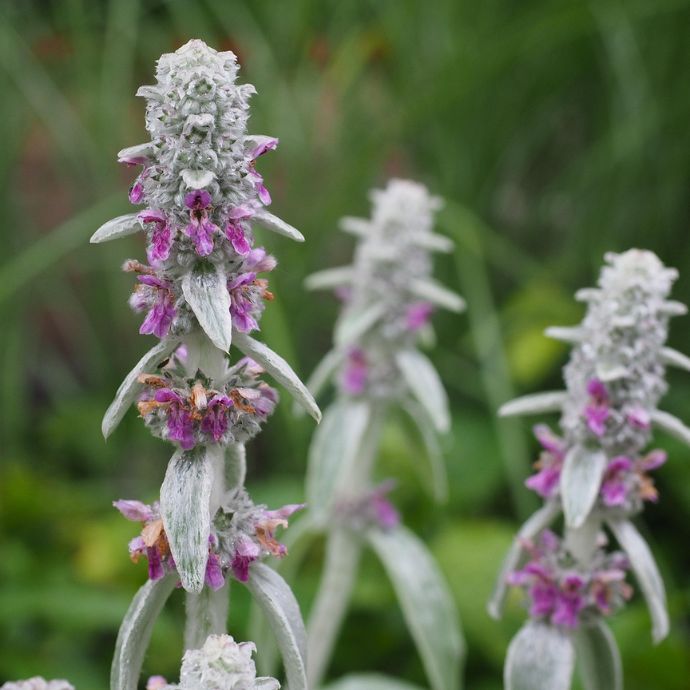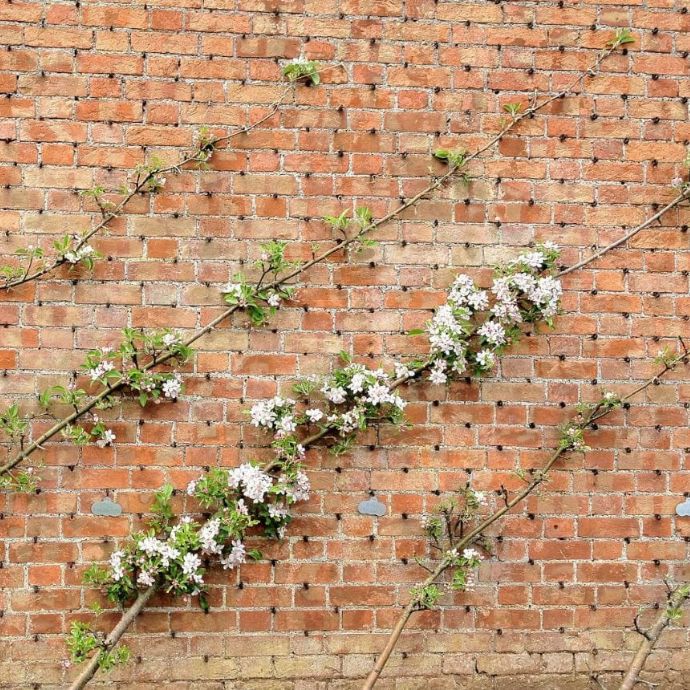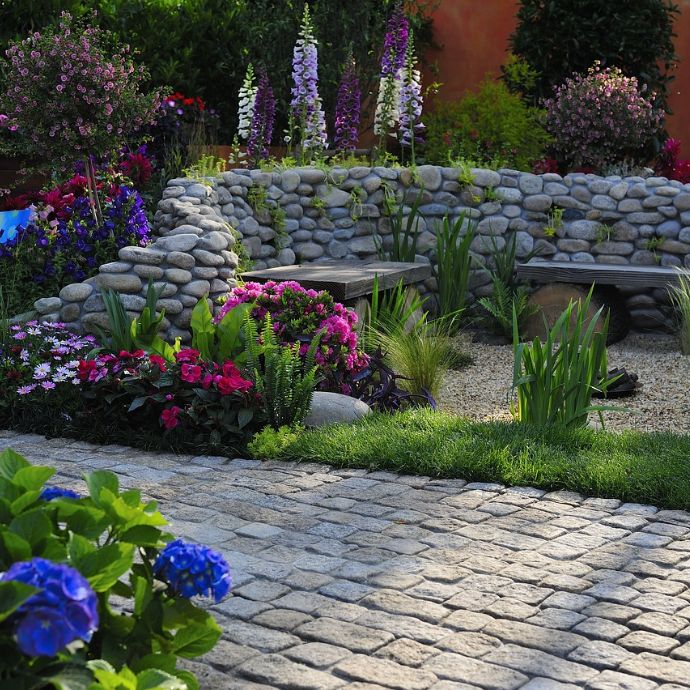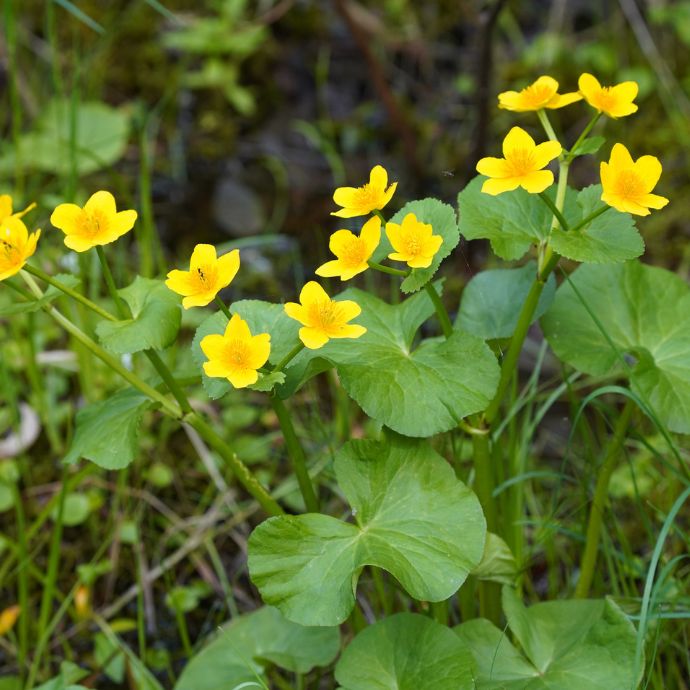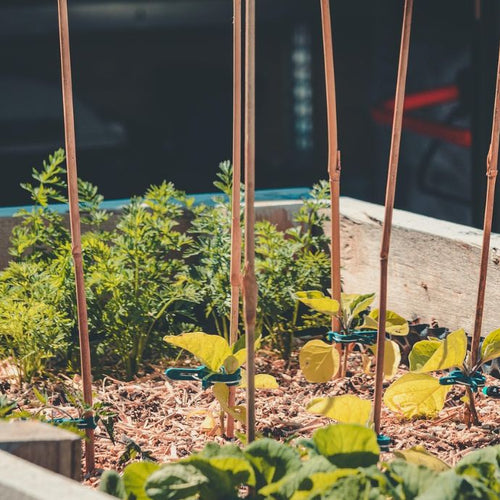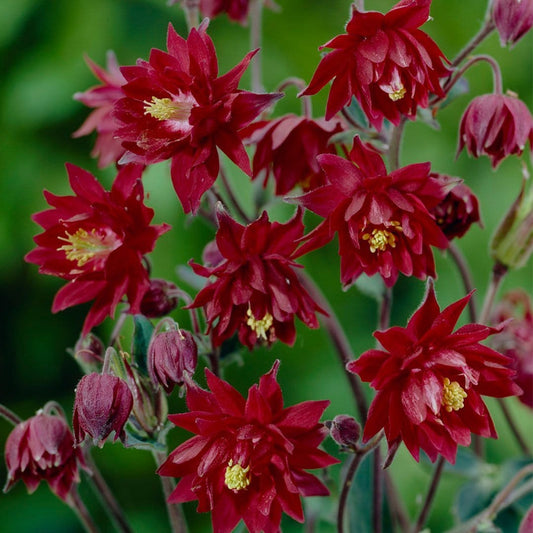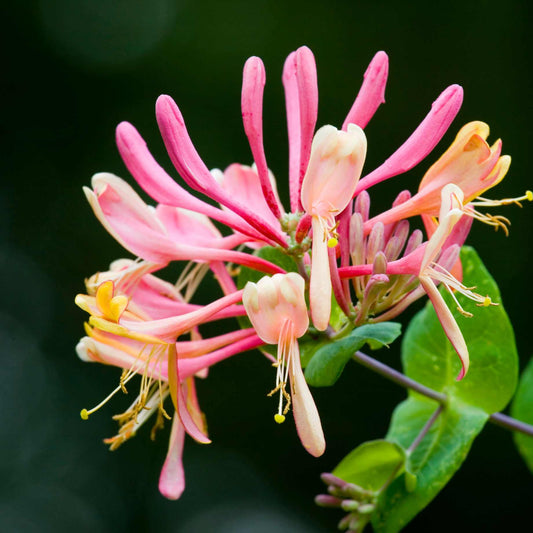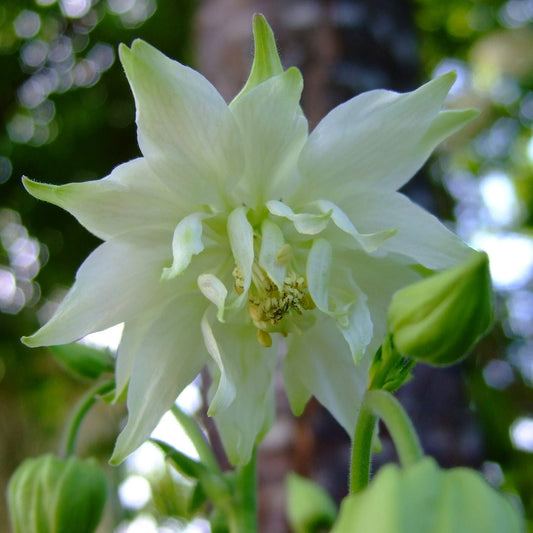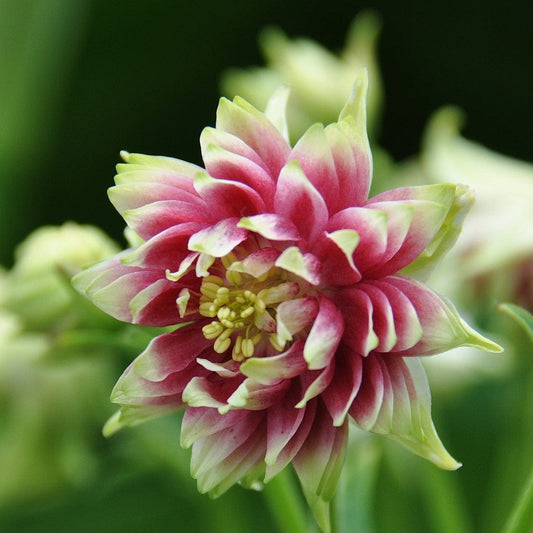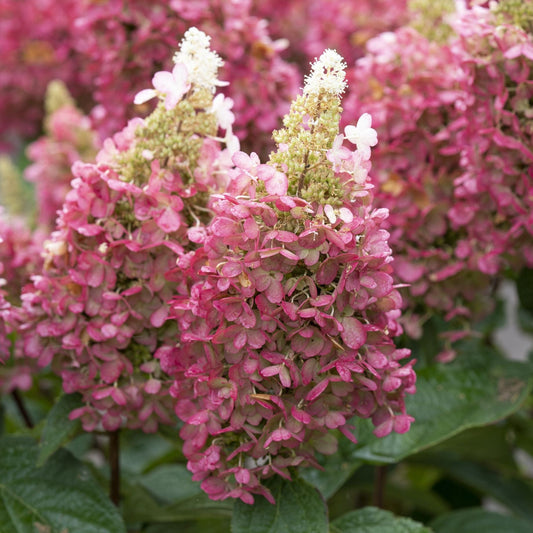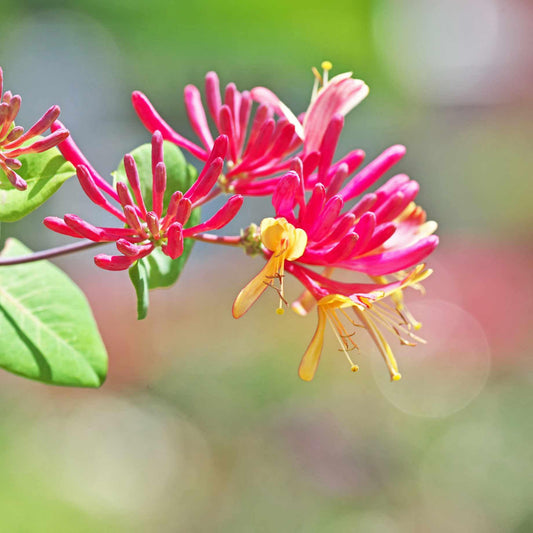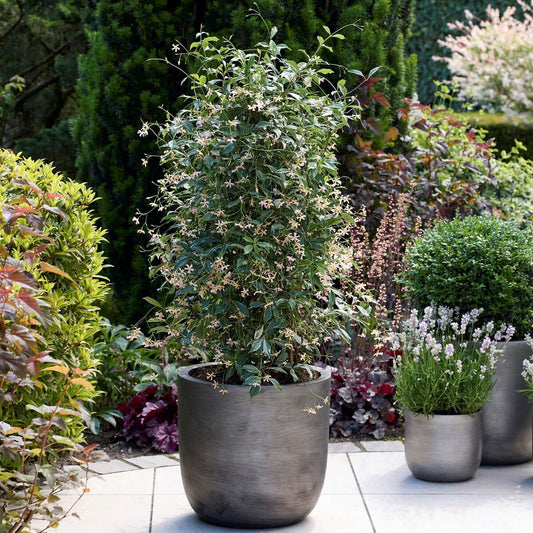Cottage Gardens: Design, Flowers & Layouts

The cottage garden style is quintessentially British - a colour-packed feast for the senses with tall perennials featuring heavily and herbs and vegetables often planted alongside the flowers. It’s the perfect way to bring a touch of countryside charm to even the most urban of spaces. Choose plants which will grow to different heights and plant the tallest at the back of your borders, but don’t be afraid to mix it up a bit - after a couple of years your plants will self seed and jumble together nicely, popping up randomly each year and giving you a beautifully natural looking garden.
Jump to:
- Where to plant a cottage garden
- Creating the perfect layout
- Trees, shrubs and tall perennial plants
- Cottage garden flowers
- Ground cover plants
- Edible elements
Where to plant a cottage garden
Cottage gardens are wild, random and romantic - at least that’s what they should look like - no one should be able to tell that it’s all been meticulously planned! They’re made up mostly of flowering perennials and shrubs, so you’ll want to pick a relatively sunny spot for your little piece of English country heaven. The obvious place to build it is in a border, but a collection of pots (the more random and repurposed the better) on a patio or balcony can have the same effect.
The perfect cottage garden layout
The secret to a successful cottage garden is layering. You’ll need a good mix of tall, medium and low growing plants to create that beautifully dense, natural look. Cottage garden style is highly personal as it’s so based in nostalgia - I like to start by thinking what my grandparents used to grow - so it’s entirely up to you whether you want a palette of coordinated pastels in traditional pinks, blues, purples and whites or whether you want to give it a wilder, more colourful look with pops of red, orange and yellow.
When planting, remember that the charm of a cottage garden scheme is that it’s a little muddled. The look works best in a more relaxed layout with a mixture of heights and colours planted singly or in groups of two or three.
Cottage garden trees, shrubs and tall perennials
To create that perfect sunny-filtering-through-the-leaves effect, choose deciduous trees and underplant them with spring flowering varieties which will tolerate a little dappled shade, like aquilegia and heuchera. Traditional fruit trees such as apples and plums or heritage fruits like medlars and mulberries are perfect and crabapple trees will help attract wildlife to your garden.
Then it’s time to get creative with the tall perennials - it’s not a cottage garden without them! The tallest are hollyhocks (absolute bee magnets - make sure you grow them against a fence or support them well as they can grow to 2m) closely followed by the flower-packed spikes of delphiniums, lupins and foxgloves. Plant them at the back of the border or in large containers in a sheltered spot where the wind can’t blow them over - or dot them around individually or in small groups throughout the bed.
The middle ground - essential cottage garden flowers
The middle of your borders or pots is where you can really go to town (or I guess country) with colour and form. Classic cottage garden flowers include spring flowering aquilegia, classic Victorian salvia and penstemon, peonies, poppies and campanula. The dreamy scent of English lavender is arguably non-negotiable - and of course it wouldn’t be an English country garden without some roses! Climbing varieties can be used to make a classic garden arch or shady arbour. Extend their flowering season as much as humanly possible by combining them with early flowering clematis and winter jasmine.
A carpet of colour
In every garden there are tricky areas which are difficult to plant - whether it’s those gaps between plants where the weeds seem to flourish, or shady corners which can easily become wasted space. This is where you need groundcover plants like brunnera, geranium and erysimum. These low growing, weed-busting heroes will bring colour and interest to the lowest layer of your borders, but can also be used to fill in the cracks in a path or to tumble through an old brick wall.
Edible elements
Our grandparents’ cottage gardens would be used to grow food for the family, with rows of peas, raspberry canes or pots of herbs growing amongst the flowers too, so mix it up and have fun with your planting combinations! Apple trees can provide structure for a border, with peas and beans twining up a fence or a teepee made of sticks and pots of herbs amongst the groundcover plants. Of course all of these smell wonderful and also have the loveliest spring blossom too. If you’re thinking about a new hedge, why not choose one that produces edible fruit? Your garden birds will love it as much as you do.
Last updated: 13/11/2023




